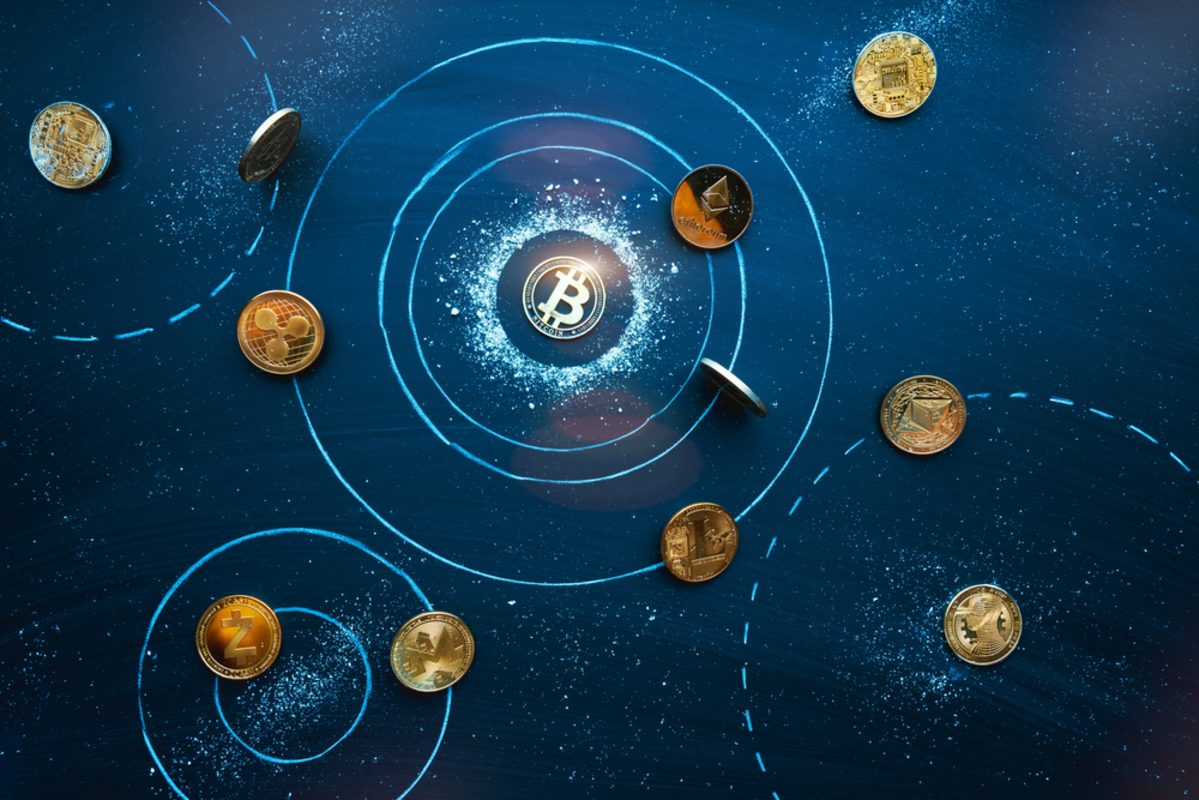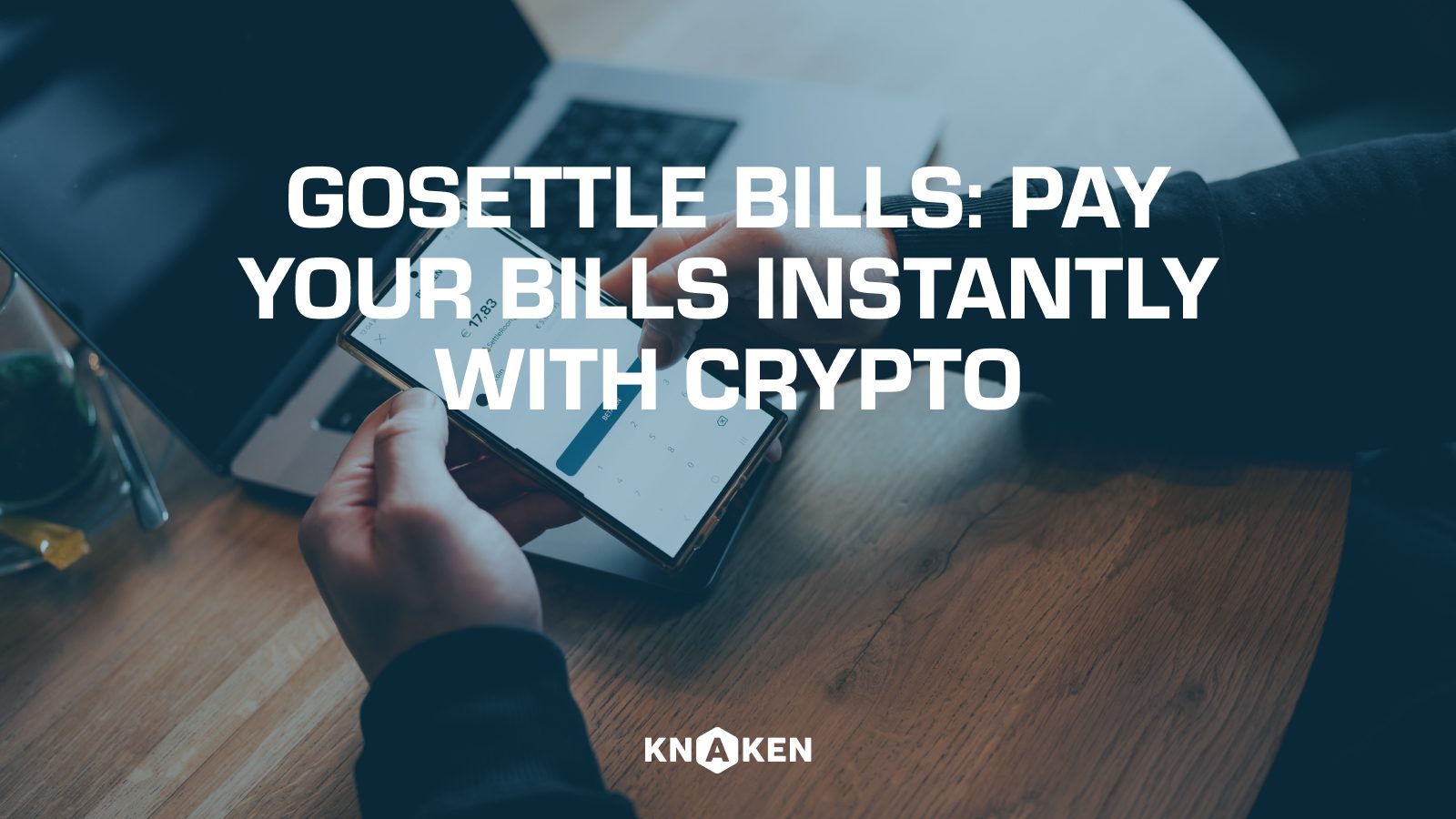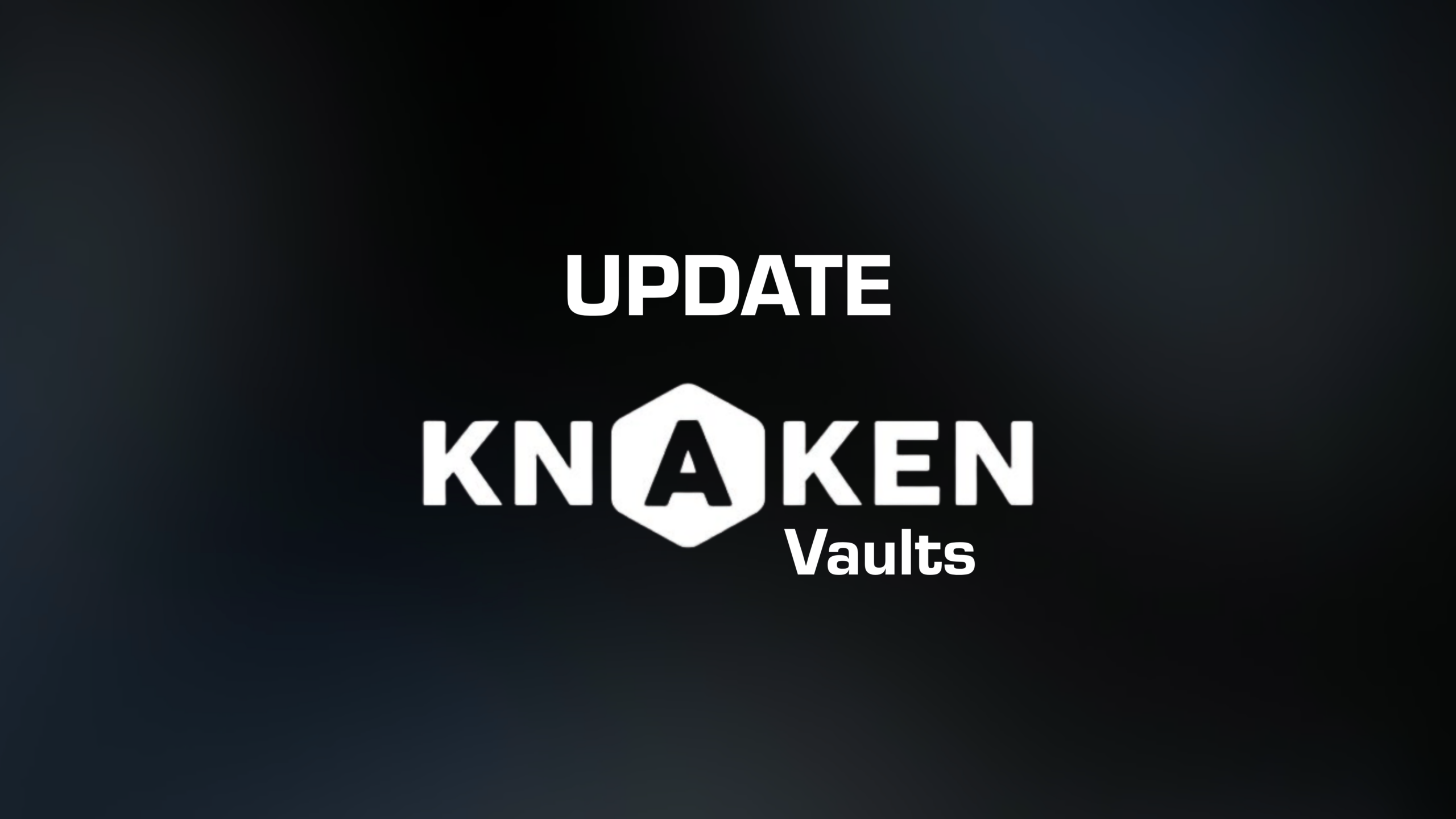ERC-721 is a technical standard used for representing ownership of non-fungible tokens (NFTs) on the Ethereum blockchain. Unlike fungible tokens such as ERC-20, where each token is identical and interchangeable, ERC-721 tokens are unique, each possessing distinct characteristics and values. This makes ERC-721 particularly suitable for creating digital collectibles, art, gaming assets, and other unique digital items.
– **Non-Fungibility**: Each ERC-721 token is unique and cannot be exchanged on a one-to-one basis with another token. This non-fungibility is crucial for digital assets representing one-of-a-kind items.
– **Metadata Support**: ERC-721 tokens can include metadata that describes the asset, such as title, description, and URI for associated digital representations like images or videos.
– **Interoperability**: ERC-721 tokens can interact with various platforms, wallets, and applications that support this standard, promoting a vibrant ecosystem for NFTs.
– **Ownership Management**: The standard includes functions for tracking ownership changes and transferring tokens, providing a clear record of asset ownership on the blockchain.
– **Smart Contract Functionality**: ERC-721 utilizes Ethereum smart contracts to enforce rules for token issuance, transfer, and ownership, enabling complex functionalities.
ERC-721 tokens are created through smart contracts that define the unique properties of each token. Here’s how it typically works:
1. **Token Creation**: Developers use the ERC-721 standard to create smart contracts that generate unique tokens.
2. **Minting**: When a token is minted, a unique identifier is assigned, and associated metadata is included.
3. **Ownership**: Ownership is recorded on the Ethereum blockchain, allowing anyone to verify the authenticity and ownership of the token.
4. **Transfer**: Users can transfer ownership through designated functions within the smart contract, ensuring secure and verifiable transactions.
ERC-721 has given rise to numerous applications across various industries. Some notable use cases include:
– **Digital Art**: Artists can mint their artwork as NFTs, ensuring authenticity and providing a way to monetize their creations.
– **Collectibles**: ERC-721 enables the creation of digital collectibles, such as trading cards or virtual pets, each with unique traits.
– **Gaming**: In-game assets like skins, characters, and items can be tokenized, allowing players to trade, sell, or showcase their unique possessions outside the game environment.
– **Real Estate**: Virtual real estate can also be represented as ERC-721 tokens, providing proof of ownership for digital land.
– **Domain Names**: Blockchain domain names can be tokenized using ERC-721 to represent unique addresses in the digital landscape.
Utilizing the ERC-721 standard offers several advantages:
– **Proven Ownership**: Tokens on the Ethereum blockchain provide a transparent and immutable record of ownership.
– **Marketplace Integration**: ERC-721 tokens can be easily bought, sold, and traded on various NFT marketplaces, facilitating liquidity and price discovery.
– **Community and Brand Engagement**: Brands and content creators can engage directly with their audiences through exclusive content and limited-edition offerings.
– **Innovation in Creation**: The ERC-721 standard empowers artists and developers to think creatively and explore new monetization methods in the digital age.
While ERC-721 provides many benefits, it also faces challenges:
– **Scalability**: As demand for NFTs grows, the Ethereum network may face congestion, leading to higher transaction fees and slower processing times.
– **Environmental Concerns**: The energy consumption associated with Ethereum transactions has raised concerns about the sustainability of blockchain technology.
– **Regulatory Uncertainty**: The regulatory landscape surrounding NFTs is still evolving, and future regulations could impact the use and trading of ERC-721 tokens.
– **Intellectual Property Issues**: Ownership of an NFT does not inherently grant the rights to the underlying digital asset, potentially leading to legal disputes.
ERC-721 is a revolutionary standard that has transformed the concept of digital ownership and non-fungible assets. By providing a robust framework for creating and managing unique tokens on the Ethereum blockchain, it has enabled a diverse range of applications from digital art to virtual collectibles. As the ecosystem surrounding NFTs continues to expand, the impact of ERC-721 on the future of digital assets remains significant, promising ongoing innovation, engagement, and investment opportunities in the realm of blockchain technology.



Knaken Cryptohandel B.V. has applied for a MiCA license from the Netherlands Authority for the Financial Markets (AFM). This application is currently being assessed by the AFM.
Investing in crypto-related products involves significant risks.















